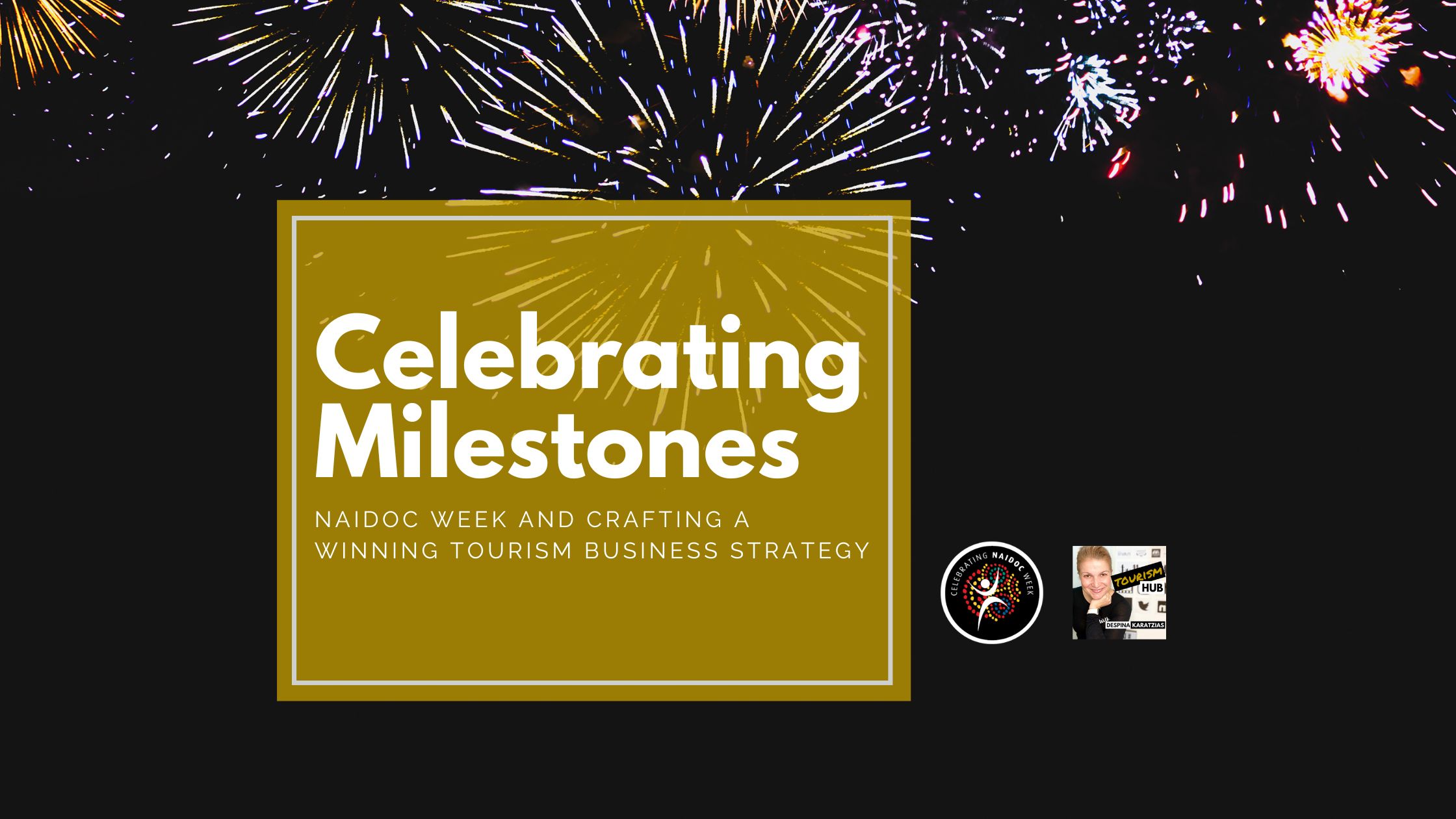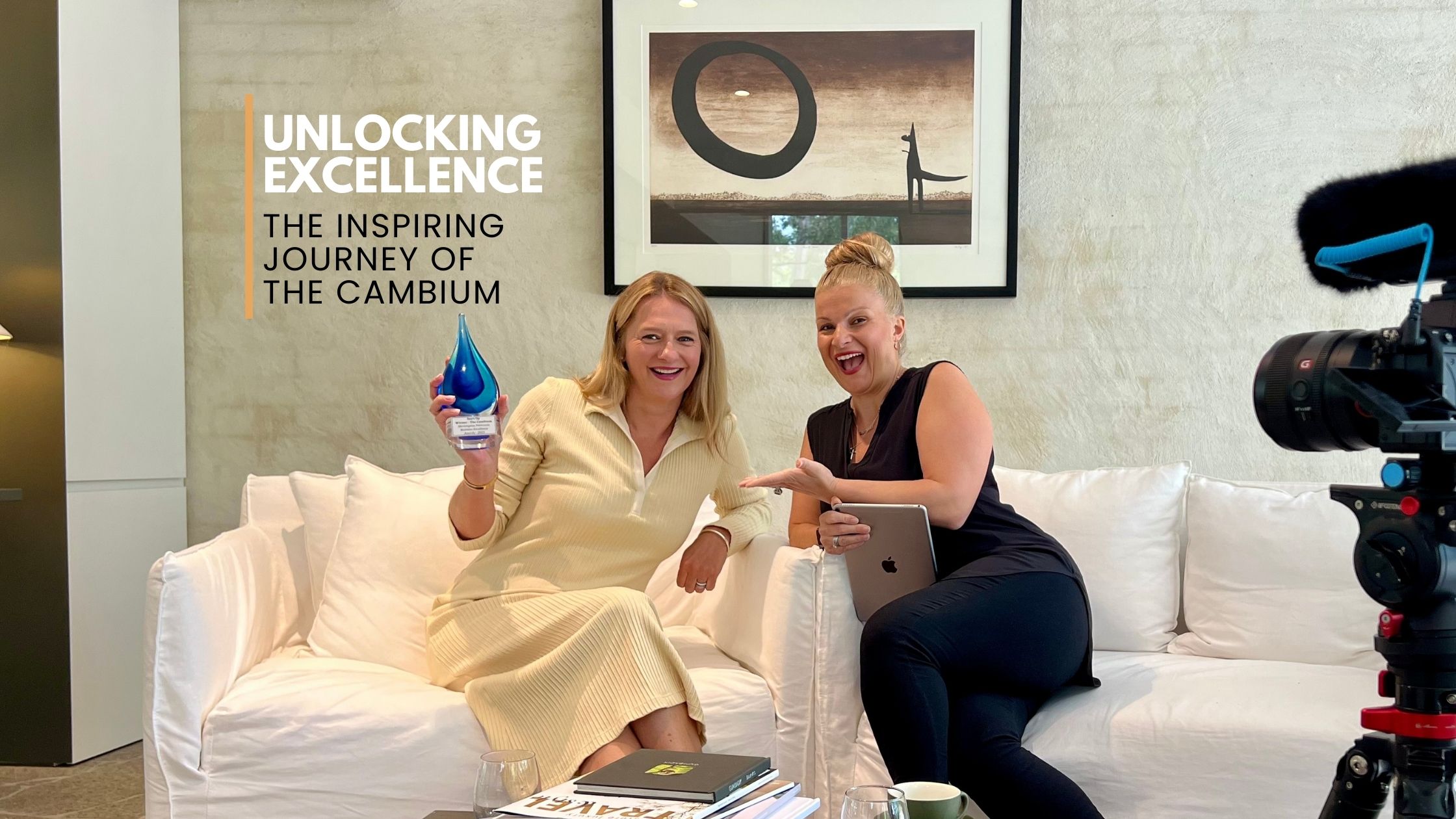Starting your business venture can feel like an insurmountable hill of complex tasks and unexplored territory. I remember the day I set on my journey of starting my own business five years ago. Knowing which foot to put forward first was integral and paralysingly overwhelming when looking to climb that mountain and turn it into a molehill. Looking back I had no actionable steps for an entrepreneur, in fact, I had no plan. One foot after the other the learning came through the doing, the listening, the asking and facing the fear and showing up.
Thankfully, as an entrepreneur, you have a vast history of moguls and mentors before you who can help to shed some light on that initial leap. So here are some actionable tips and techniques that you can employ today – straight from the experts.
Entrepreneur Tip 1: Learn How to Schedule and Do It
Ramit Sethi, finance guru and author of the bestseller I Will Teach You to be Rich, cannot emphasise the art of scheduling enough. He explains that by having a calendar, you hold yourself to a level of accountability while being able to actively see the systems of your life playing out in front of you. The physical process of using a calendar provides a feedback mechanism to help you know where you need to refine your schedule – perhaps allocating more time in some places and reducing time in others.
Cal Newport, author of Deep Work: Rules for Focused Success in a Distracted World calls this ‘time blocking‘ to give yourself the best chance of getting deep work completed without distractions.
Essentially, productivity hinges on your capacity to manage time. Physically scheduling your week not only ensures that all work gets completed. It also provides you with a framework to plan passion projects, time for friends and family, self-care rituals, exercise, and other essential features that enrich your life.
Start a calendar today. Provide ample time for each task, as you’ll find things often take longer than expected. Try sticking to it and observe what needs to be altered – along with the routines you fall into that both positively and negatively impact your progress.
Entrepreneur Tip 2: Educate Yourself
Thanks to unprecedented access to resources both on and offline, you have a wealth of knowledge at your fingertips. Explore and educate yourself on anything both the operational processes you need as an entrepreneur, but also the industry-specific know-how. The enemy is complacency and staying educated is staying on top of your game.
As the world-renowned business author and leadership coach, Tony Robbins states that ‘leaders are readers.’ With this in mind, take a look at your bookshelf. Ask yourself, what are you reading right now and how often.
Find a few new mentors in your field and explore their literature. Read blogs, sign up to newsletters, listen to podcasts, read books, watch documentaries; start to learn actively. Only by learning will entrepreneurs have something valuable to give.
Entrepreneur Tip 3: Be Intentional
Whether we’re talking about your leadership style, the capacity to reach goals or the purpose behind our work, being intentional sets our progress into motion by creating a pulling force toward a goal. This method helps us to more clearly see action steps forward, as we visualise how our purposeful behaviour manifests.
As bestselling leadership author and keynote speaker, John C Maxwell encourages us, treat every day as though it is our masterpiece. Very true as we cannot control tomorrow what we did yesterday. In this sense, by setting intentions, we’re able to guide our decisions throughout the day to achieve excellence in what we set out to do.
Wherever you are in your entrepreneurial journey, look at your venture and ask yourself how you’d like to press on from here. Perhaps you have an intention to launch within three weeks. Maybe you intend to be more open to feedback or to keep on top of your administration. Make sure you set the time and space to achieve these intentions.
Today, consider your short- and long-term intentions and write them down regularly. Starting each day with an intention for the day is also very helpful. You can do this over weeks, months, years. Intention setting of this kind will help to guide the details and scheduling of your action plan.
Entrepreneur Tip 4: Do the Work
It is very easy for entrepreneurs to become stuck in ‘analysis paralysis,’ unsure which move to make first for fear. The problem is that without a ‘doing’ approach, nothing gets done.
For forward motion, the best way to avoid been frozen by fear, take action. You need to train yourself to leap. As Brene Brown, shame and vulnerability researcher explains, we need to comprehend that when we take risks and put ourselves out there, we will inevitably fall flat on our faces at some point. However, we must take that leap anyway, despite knowing we may fall if we ever want any hope of coming out of the arena victorious.
Theodore Roosevelt said it best in his “Citizenship In A Republic”, speech delivered at the Sorbonne, in Paris, France on 23 April, 1910, appropriately titled, ‘Man in the Arena’:
“It is not the critic who counts; not the man who points out how the strong man stumbles, or where the doer of deeds could have done them better. The credit belongs to the man who is actually in the arena, whose face is marred by dust and sweat and blood; who strives valiantly; who errs, who comes short again and again, because there is no effort without error and shortcoming; but who does actually strive to do the deeds; who knows great enthusiasms, the great devotions; who spends himself in a worthy cause; who at the best knows in the end the triumph of high achievement, and who at the worst, if he fails, at least fails while daring greatly, so that his place shall never be with those cold and timid souls who neither know victory nor defeat.”
Equally, as the author of The Lean Startup, Erik Ries imparts, we must put ourselves out there and test our idea to see it in action, learn from it, and improve upon it.
You can start moving today. Use Ramit Sethi’s quick pitching framework to break the ice with an acquaintance. Choose somebody in your life who would reflect the ideal customer for your idea, product, service or experience. Explain your idea in no more than two sentences. Ask them four questions:
1. When you talk to your friends about it, what would you say?
2. What’s the biggest problem you see around this idea?
3. What do you think would convince people to adopt this kind of thing?
4. How would you improve it?
An exercise like this is also great for the continual improvement of existing products and can go a long way in keeping you connected to your customer journey. You’ll find that the more people you ask, the more you see patterns in the feedback that enables you to grow. As you practice this small interview procedure, you’ll be able to present your idea more confidently and concisely each time, while gathering valuable information on how best to move forward. The process will help you to understand the mechanisms you need to control your fear of leaping. You’ll come face to face with both positive and negative feedback, yet in a controlled way that will instil confidence and perseverance.
Entrepreneur Tip 5: Build Your Tribe
Think carefully about whom you spend time with and don’t keep the right people. Seth Godin, ‘dot com’ mogul and all-round business and marketing guru, advocates the need for you to build your tribes as an entrepreneur. In his book, Tribes he explains how the Internet has eliminated the barriers of geography, cost, and time. All those blogs and social networking sites are helping existing tribes get bigger. However, more important, they’re enabling countless new tribes to be born – groups of ten or ten thousand or ten million who care about their iPhones, or a political campaign, or a new way to fight global warming.
Moreover, the critical question is: Who is going to lead us?
We need YOU! Your tribe, especially at the beginning, serves as your support network, a warehouse of resources, a pool of initial funders, and potential clients. These followers will be your mouthpiece and sounding board to promote your endeavour, and as Mr Godin puts it, ‘sneeze’ your idea.
To attract like-minded people, we must first work on ourselves to be the people we would like to attract. As John C Maxwell explains, we attract the kind of people that we are. If we enjoy thought and wisdom, we’re attracted to those who think and muse and can teach us their knowledge. If we’re people who can make and do, we’ll surround ourselves with and attract other makers and doers.
In this sense, for example, say, we want to run an environmentally-sustainable business with eco-conscious customers, we need to work to be actively environmentally sustainable ourselves. This authenticity, through example, gives us credibility, integrity, and accountability, which helps define genuine relationships with our client base, while also understanding their practical needs thanks to experience.
By embodying our intentions through actions, we draw in our desired tribe through real-world experienced-based solutions in an honest way.
If you want to start building your tribe, you should listen to John C Maxwell’s podcast on your Influence Inventory. It has a great exercise to help determine your influence potential and how to reach it.
To Sum Up and take ACTION!
As any successful entrepreneur knows, the first step forward is what sets you in motion; without it, you’re going nowhere. Rather than wait another day to climb that ladder, you can follow these five simple tasks and get your engine started
1. Get a calendar and schedule next week.
2. Find a mentor in your field and source three learning resources by them (video, book, podcast, paper, etc).
3. Start an intentions journal.
4. Pitch to a buddy.
5. Write your Influence Inventory.
With that, be intentional in your actions, but always remember to take action. What will you do first?









